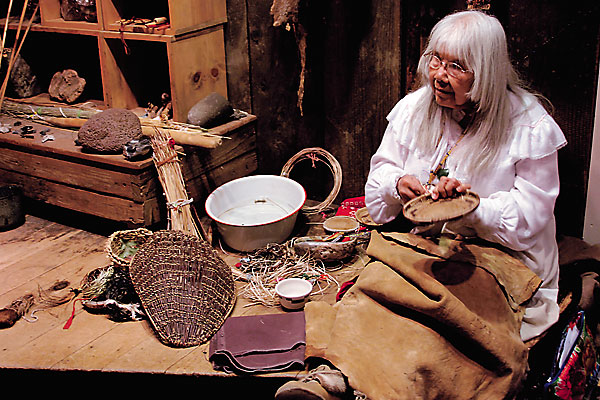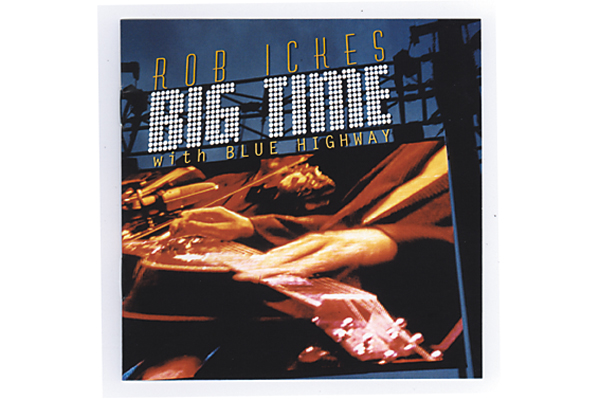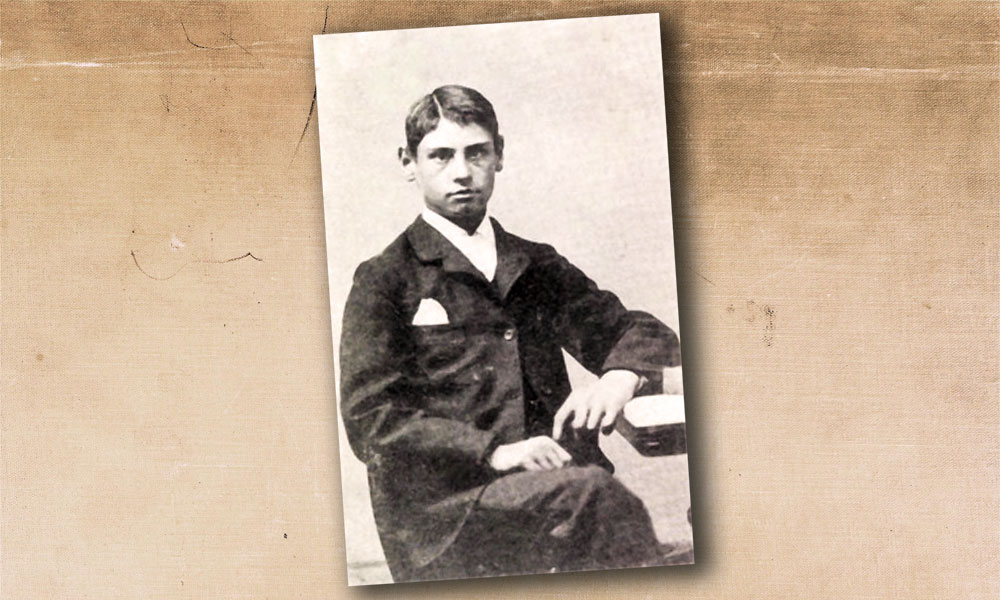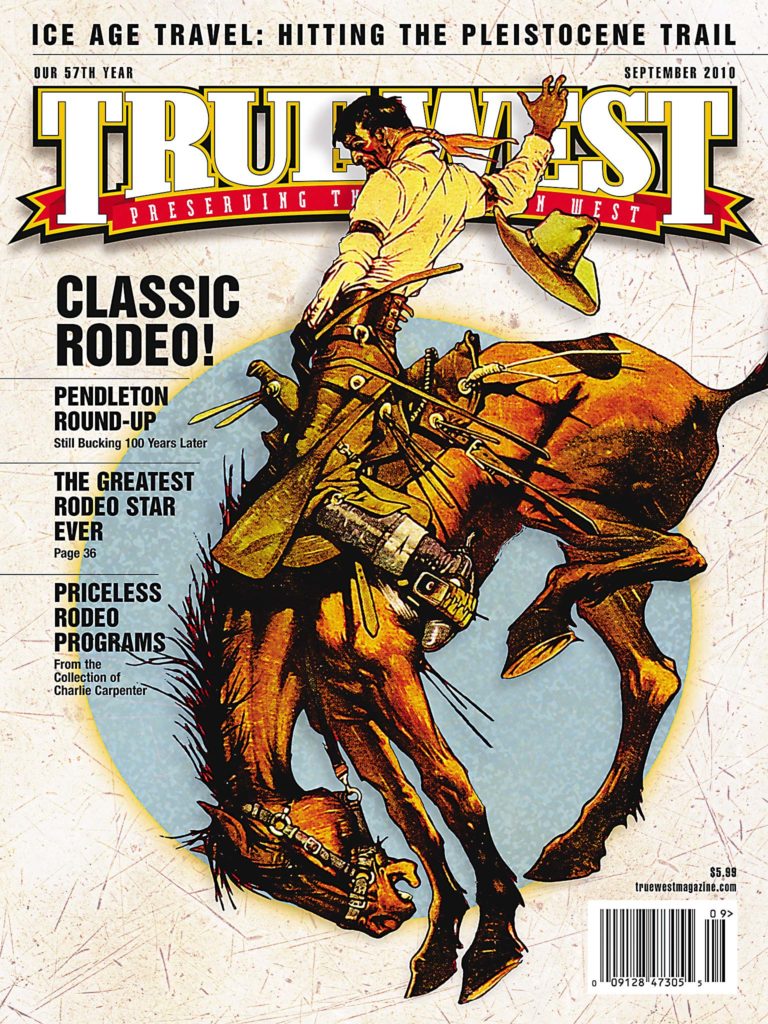
Julia Parker discovered her talent and passion for weaving from an unexpected source.
When Julia Parker was first approached to demonstrate native basket weaving at Yosemite National Park, she thought the idea was crazy.
“I’m not indigenous,” protested Julia, noting she came from northern California’s Kashia Pomo tribe, not the park’s Miwok-Paiutes. “I’m not a polished speaker and besides, I don’t know how to make baskets.”
But Park Naturalist Douglass Hubbard told her, “You can learn.” That was almost 50 years ago. Today, Julia is a veteran ranger and one of the nation’s most cherished weavers. The National Endowment of the Arts honored her in 2007 with one of its lifetime-recognition awards, the National Heritage Fellowship.
Julia had traveled a long and serpentine route before a “non-Indian” (her term for anyone who is not native) talked her into learning one of the oldest skills of her people.
She never learned to weave as a girl, because she and her four younger siblings were orphaned in 1936, when she was about seven, and taken away from their “real people.”
The children only stayed together for the next five years because a German woman, Eva Williams, took them all in. Although Eva taught Julia to be proud of being an “Indian”—a word Julia had never heard—she had nothing to teach the child of her culture.
Julia certainly didn’t learn weaving at the Stewart Indian School of Nevada, where the mantra was to “forget you’re an Indian.” Boys were prepared to be electricians and plumbers; girls were conditioned to be maids.
She married into a weaving family when she wed her classmate Ralph Parker and moved to Yosemite Village in California, but his paternal grandmother—master weaver Lucy—never taught her either. Julia never even owned a native basket until Grandma Lucy presented her one for her first daughter Lucy.
Grandma Lucy did teach her the importance of baskets and how different designs served various uses. Grandma Lucy unfortunately died before Hubbard approached Julia to reinstate basket weaving demonstrations at the park’s museum.
But Grandma Lucy’s “cousin-sisters” taught her. “My first basket was a little crooked thing,” which took her a long time to make. “The cousin-sisters told me I had to give away my first basket, and then I was a weaver.” She gave it to a non-Indian friend who has since passed away. “If it’s meant to come back to me, it will come back,” she says.
She learned the prayers said in the field while collecting reeds: “You take from the Earth with a please and then you give back to the earth with a thank you.”
She learned how to properly lay the reeds in the carrying basket: “Always with the earth end first, never the sky end.”
She learned how to scrape the willow until it sings: “You have to wait for the plant to talk to you.”
She still insisted she wasn’t a public speaker, so she’d “hide behind the basket,” while another park ranger told the story of the native people of the area. “One day, somebody said something that wasn’t right. And I thought ‘I better learn to tell the story of these wonderful people myself.”
With storytelling added to her arsenal, she has played a major role in assuring basket weaving isn’t a lost art. Several years ago, she helped
found the California Indian Women’s Basket Association. Daughter Lucy, now in her 50s, is a past president. Julia’s weaving legacy extends to 35-year-old granddaughter Ursula and great-granddaughter Naomi, who is 13. Julia says around 300 girls and women have been trained in basket weaving through the association.
Julia plans to be weaving the rest of the days of her life. The skill is so important to her, she tells True West, because she doesn’t think American Indian women have ever had their due in the importance of the baskets they have made for generations. “Baskets tell stories—it’s important to tell our people and others how important they are; how important the plants are and how important it is to take care of the plants and not abuse them.”
She has made probably 500 baskets, from small ones, as toys for children, that can take a few hours to weave, to “large salad bowl”-sized baskets that can take months. She personally presented one of her creations to Queen Elizabeth II of England during her majesty’s 1983 visit to Yosemite. The basket is now exhibited in a London museum.
“When they asked me to make her a gift, I didn’t know what kind of basket to make,” Julia remembers. “I couldn’t make her a cooking basket, because she doesn’t cook. I couldn’t make her a burden basket, because she doesn’t carry things on her back. I couldn’t make her a baby basket because, well, you know she’s not that age. So I made her an oblong gift basket. It took me a year.”
Some may find it ironic that a non-Indian first got her into basket weaving, but Julia thinks it was meant to be. “Each one of us has special gifts. This is the gift I had and didn’t know.”





